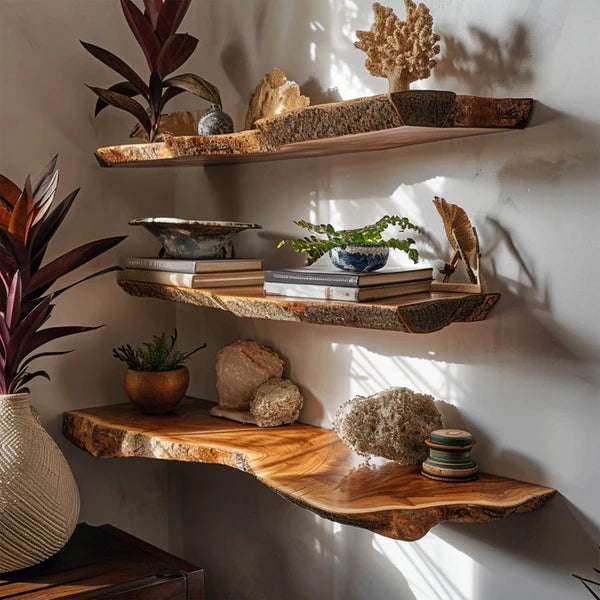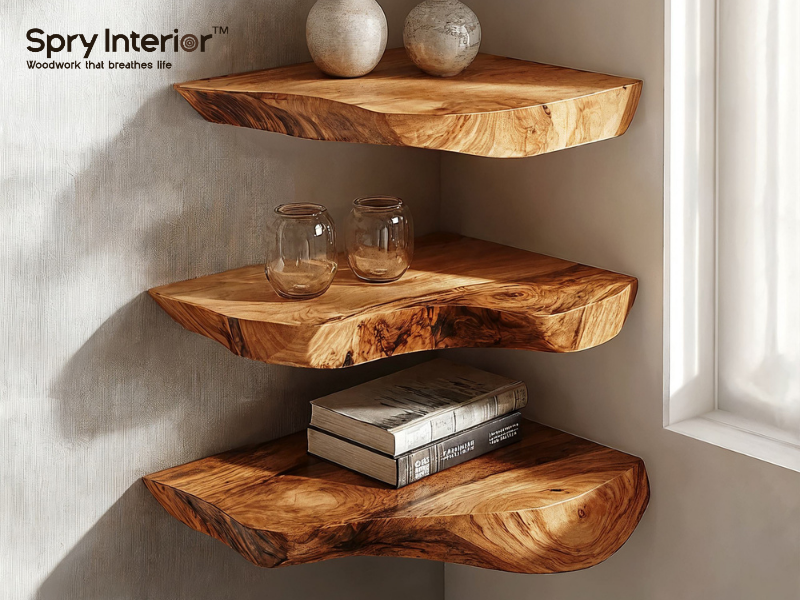What are the 7 basics of interior design? balanced room and felt instantly at ease, it’s likely that the space was thoughtfully crafted using the fundamental principles of interior design. Interior design is more than just matching furniture and selecting color palettes, it’s an art and science that creates functional, aesthetically pleasing environments. In this blog post, we’ll explore what are the 7 basics of interior design, why they matter, and how you can apply them to elevate your home. From understanding space and light to embracing textures and forms, these principles serve as a roadmap for every successful interior project. Whether you're aiming for a minimalist modern apartment or leaning toward a classic European style interior design, these fundamentals remain the same.
Space, the Foundation of All Design
Positive and Negative Space
At its core, design begins with space. Positive space refers to areas filled with furniture and décor, while negative space represents the empty areas. Achieving harmony between the two is essential. Too much positive space can create clutter, whereas excessive negative space may feel unfinished. The balance between both determines how comfortable and breathable a room feels.
Spatial Planning and Flow
Spatial planning involves organizing furniture and accessories in a way that supports how you move through and interact with a room. Designers often use floor plans to optimize movement and ensure that traffic flow isn’t obstructed. The key is to create a layout that makes daily living seamless and efficient, while also being aesthetically balanced.

Buy now: Floating Shelf Corner Wall
The Illusion of Space
Even the smallest room can appear larger with clever design techniques. Mirrors, light colors, and multi-functional furniture are common tools used to create the illusion of space. For example, a light-filled living area in a classic European style interior design often employs high ceilings, large windows, and reflective surfaces to enhance openness and airiness.
Line: The Guide to the Eye
Horizontal, Vertical, and Dynamic Lines
Lines are powerful tools that guide the viewer’s eyes through a space. Horizontal lines (like tables or shelves) evoke stability, while vertical lines (such as tall furniture or curtains) suggest freedom and grandeur. Dynamic lines, like those found in staircases or angled ceilings, add energy and movement.

Structural and Decorative Lines
While some lines are part of the room’s architecture, beams, walls, windows, others are decorative, such as lines created by patterns in rugs, textiles, or wall art. The key is to ensure both types work harmoniously to create visual rhythm without overwhelming the space.
Line and Visual Interest
Incorporating a variety of lines adds interest and texture. A European-style home might feature ornate moldings or arched doorways, providing both elegance and structure. This brings us to the frequently asked question: What is the European style of interior design? It’s a style characterized by sophisticated forms, graceful lines, and an appreciation for detail and craftsmanship.
Form: The Shape of Design
Geometric vs. Organic Forms
Form refers to the shape and structure of furniture, architecture, and decorative elements. Geometric forms are sharp and symmetrical, often found in modern or contemporary interiors. Organic forms, by contrast, are irregular and flowing, think hand-carved furniture or a natural stone countertop.

Balance of Forms
Mixing different forms keeps a space from feeling monotonous. A round mirror above a rectangular console adds contrast, while still maintaining cohesion. Balance is crucial. An overly geometric room might feel too stark, whereas one filled with only organic forms may lack definition.
Forms in European Design
If you’re wondering What is classic style interior design?, the answer lies in its forms. Classic interiors often include symmetrical layouts, traditional silhouettes, and timeless shapes. Forms are elegant, with a sense of history and refinement, echoing centuries of European architectural influence.
Light: The Mood Setter
Natural Light
Harnessing natural light is one of the most effective ways to enhance a room’s ambiance. Large windows, light curtains, and well-placed mirrors can flood a space with sunlight, making it feel more open and vibrant. In classic European style interior design, natural light is a prized asset, often emphasized by grand windows and high ceilings.

Artificial Lighting Layers
Good lighting isn’t just about installing a chandelier or floor lamp. Designers use layers: ambient lighting for general illumination, task lighting for specific functions like reading, and accent lighting to highlight artwork or architectural features. Each layer adds dimension and utility to the room.
Light Temperature and Mood
The temperature of your lighting, warm, neutral, or cool, significantly affects the atmosphere. Warm lighting creates a cozy, welcoming feel, while cooler lighting feels clean and modern. In classic interiors, warm light often complements the rich tones and textures, enhancing the overall elegance.
Why SpryInterior is the Best Choice
Expertise Rooted in Timeless Design
SpryInterior understands that timeless design begins with mastering the basics. Whether you’re revamping a single room or styling an entire home, our team brings a wealth of knowledge grounded in classic design principles. We don’t just follow trends, we help you create spaces that endure.

Buy now: Rustic Wooden Floating Shelf With Live Edge for Entryway Decor
Tailored to Your Lifestyle
Every client has unique needs. At SpryInterior, we take the time to understand your lifestyle, preferences, and functional requirements. Whether your vision aligns with Scandinavian minimalism or echoes the refinement of a European villa, we bring it to life with meticulous attention to detail.
Inspired by European Elegance
One of the top questions we receive is, What are the characteristics of a European style house? Our designs often reflect these values: elegance, balance, and history. From Parisian apartment influences to Mediterranean warmth, we draw on Europe’s rich design heritage while ensuring the space functions beautifully for modern living.
Conclusion
Understanding what are the 7 basics of interior design gives you a strong foundation to create thoughtful, functional, and beautiful interiors. By mastering space, line, form, light, texture, color, and pattern, you gain the tools to shape environments that reflect your identity and support your lifestyle.
And when you’re ready to bring your vision to life with precision and elegance, SpryInterior stands ready to assist. With deep roots in European-inspired aesthetics and a commitment to quality craftsmanship, we make the process not just seamless, but truly inspiring. Whether you're exploring a fresh look or diving into a full transformation, let us help you create a space that feels unmistakably yours, timeless, refined, and undeniably beautiful.








Leave a comment
This site is protected by hCaptcha and the hCaptcha Privacy Policy and Terms of Service apply.